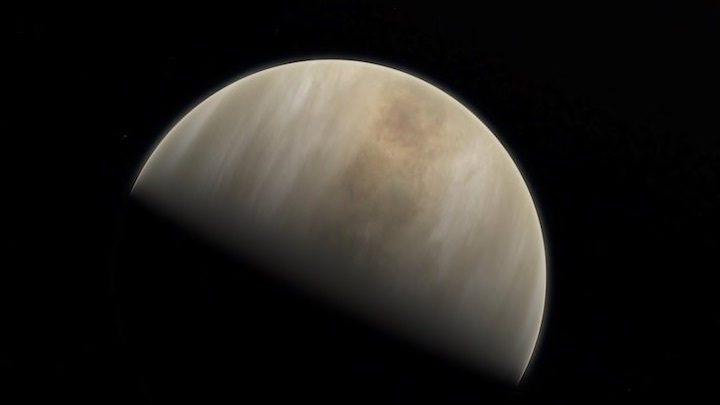16.09.2020
With astronomers detecting potential sign of life in the clouds of Venus, Isro intends to send Shukrayaan-1 to the planet in 2023.

Astronomers on Monday said they have found a potential sign of life high in the atmosphere of neighboring Venus.
Scientists said the atmosphere of Venus contains a gas that on Earth can be attributed to living organisms -- a discovery the head of NASA called "the most significant development yet" in the hunt for extraterrestrial life.
With new signs of potential life beyond Earth, many missions to Venus have been proposed, but only time will tell if they make the trip.
The Indian Space Research Organisation (Isro) has already proposed a mission to Venus dubbed ‘Shukrayaan-1’, which will orbit the planet and focus on the chemistry of its atmosphere.
“The mission will launch in 2023 or after,” Isro chairman K Sivan had said earlier this year.
A private company in New Zealand, which has launched about a dozen rockets to space, has also spoken about sending a small satellite to Venus, stated The New York Times in a report on Venus.
The report added that NASA (National Aeronautics and Space Administration) had also considered a number of Venus proposals in the past decade, including two in 2017 that were finalists of NASA’s Discovery program. But the agency instead selected a pair of asteroid missions, the NYT report added.
The Discovery programme previously sent explorers to the moon, Mars, Mercury.
In 2017, NASA for the New Frontiers competition considered a Venus mission called Venus In situ Composition Investigations, or VICI, which sought to put two landers on the planet’s surface.
Two Venus spacecraft, DAVINCI+ and VERITAS, are also competing against proposed missions to Neptune’s moon Triton or Jupiter’s volcanic moon Io.
“We should also recognise that Venus is a planetary destination we can reach with smaller missions as well,” Thomas Zurbuchen, the head of NASA’s science mission directorate, was quoted as saying by the NYT.
Quelle: INDIA TODAY
